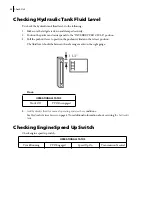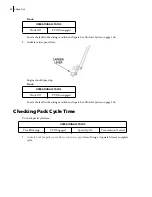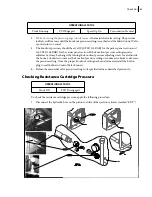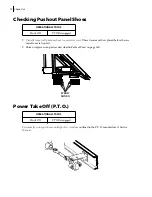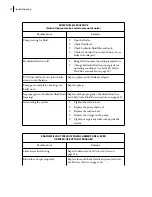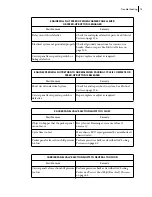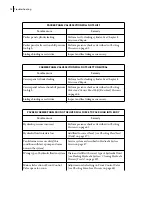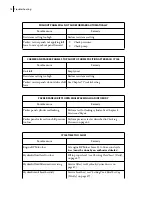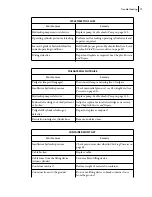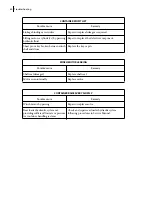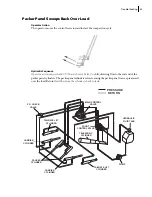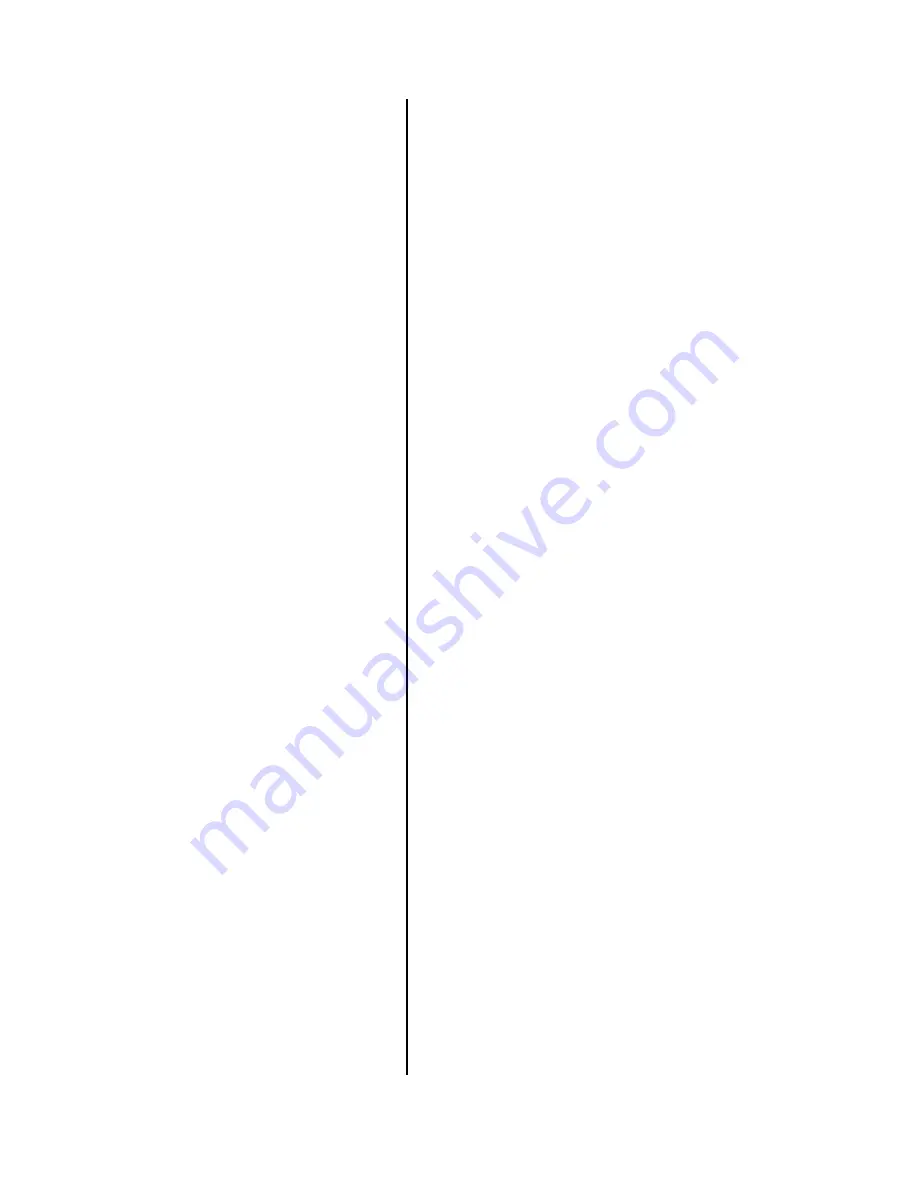
7
Troubleshooting
Troubleshooting is a matter of quickly and logically
isolating
the cause of a problem and taking corrective
action. Factory trained mechanics, experienced
operators, a thorough understanding of the
information in this manual and accurate maintenance
records are the best troubleshooting tools available.
Occasionally it may be best for a service person, who is
trying to isolate a problem, to go “on the route” or
consult with operators to determine how the unit is
acting under actual working conditions.
For the most part, problems with the unit will be
limited to hydraulic and electrical system component
malfunction or control linkage adjustment.
Hydraulic flow diagrams are provided in this chapter.
These diagrams can be helpful in determining which
parts are associated with a particular function.
Problems in the hydraulic system may be found by
performing the PRESSURE CHECKS found in
Chapter 6
.
Compaction
Before troubleshooting a unit, it is important to
remember
that the compaction may vary with the
following conditions:
Type of refuse
. Tree branches, dry leaves,
furniture and any other items loaded into the body
that take up relatively large amounts of space will
reduce the compaction ratio.
Moisture content of refuse
. Wet refuse will pack
tighter than dry and consequently a wet load will
weigh more than a dry load. Wet refuse loaded into
the body will increase the compaction ratio.
Operation of equipment
. As with the operation of
any type of heavy equipment, one machine can
yield different results with different operators.
Operating a rear loader is a skill. Placement of items
in the hopper, not over loading the hopper are
learned skills that will affect the compaction ratio of
a unit.
Summary of Contents for 2R-III
Page 1: ...2R III MAINTENANCE MANUAL...
Page 2: ......
Page 3: ...2R III MAINTENANCE MANUAL...
Page 5: ......
Page 6: ......
Page 20: ...10 Introduction...
Page 42: ...32 Safety...
Page 58: ...48 Preventive Maintenance Figure 5 1 Hydraulic tank w return filter 1 2 3 4 5 6 7 8...
Page 66: ...56 Preventive Maintenance...
Page 102: ...92 Troubleshooting...


